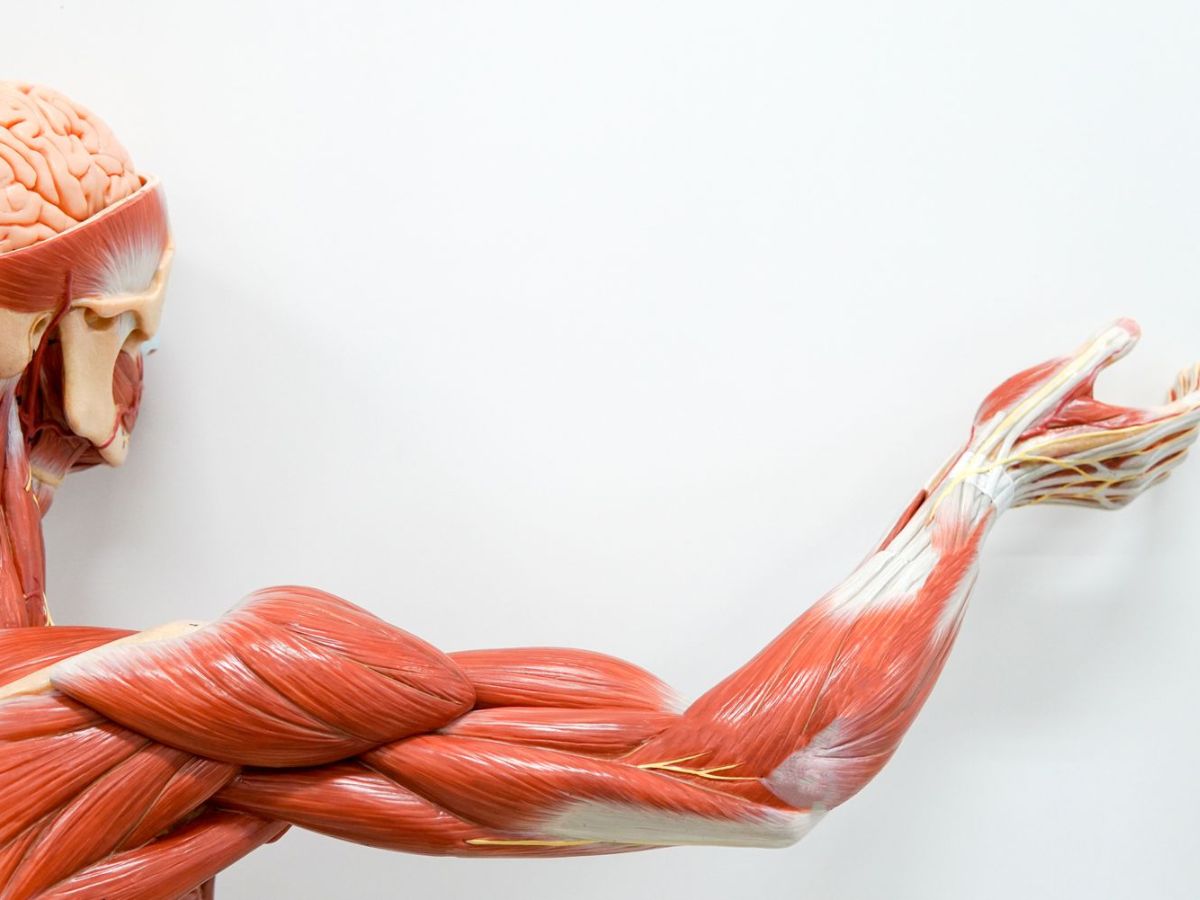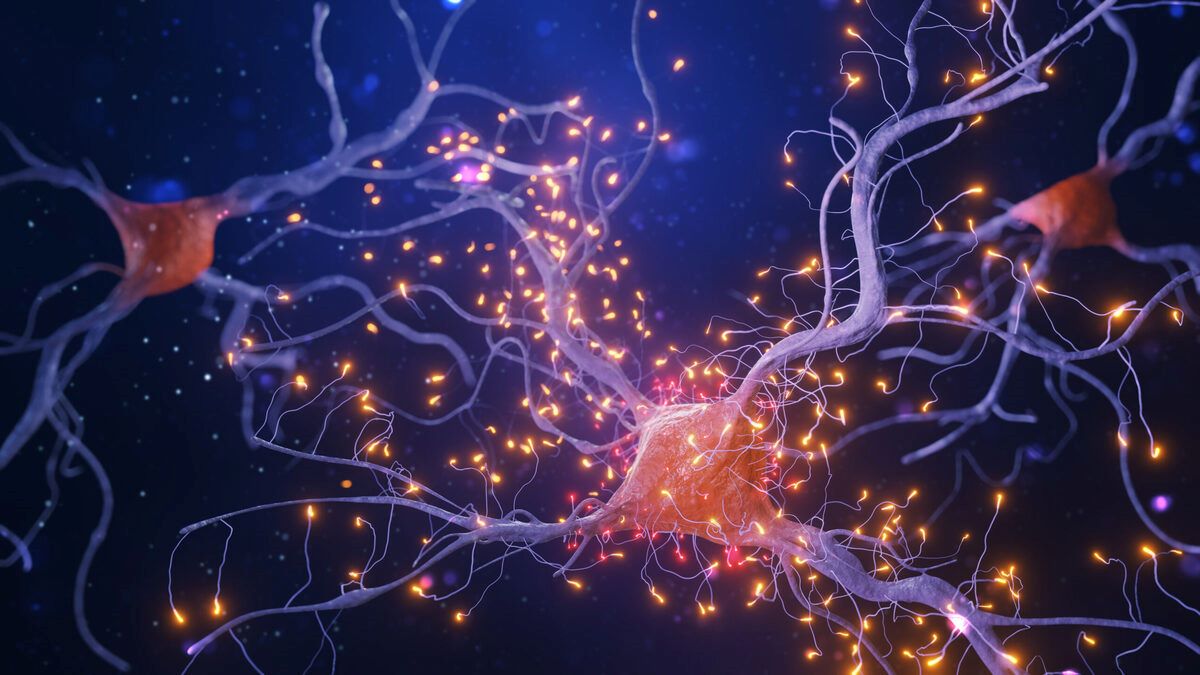
Muscles are more than just the powerhouse of our bodies; they're intricate systems that enable every movement, from blinking to running marathons. Muscle functions go beyond what meets the eye, playing crucial roles in everything from circulation to maintaining posture. In this engaging read, we'll unveil 15 fascinating facts about muscle functions that might surprise you. From the smallest muscles in our body to the ones working tirelessly without a break, prepare to be amazed by the complexity and versatility of our muscular system. Whether you're a fitness enthusiast or simply curious about how your body works, these insights will deepen your appreciation for the incredible machinery that keeps us moving.
Understanding Muscle Types
Muscles are fascinating structures that power every movement in our bodies. From blinking to running, they're involved in virtually every action we perform. But not all muscles function the same way. There are three main types: skeletal, cardiac, and smooth muscles.
-
Skeletal muscles are what most people think of when they hear the word "muscle." They're attached to bones and are under voluntary control, meaning we decide when to move them. These muscles are responsible for movements like walking, lifting, and jumping.
-
Cardiac muscle makes up the heart. It's unique because it can contract without any signal from the nervous system. This type of muscle keeps your heart beating and pumps blood throughout your body.
-
Smooth muscles are found in the walls of hollow organs like the intestines, bladder, and blood vessels. Unlike skeletal muscles, smooth muscles are not under voluntary control. They help move food through the digestive system and regulate blood pressure.
How Muscles Contract
Muscle contraction is a complex process that involves several key players, including proteins called actin and myosin. When you decide to move, your brain sends a signal to the muscle, triggering a series of events at the molecular level.
-
The interaction between actin and myosin is crucial for muscle contraction. Myosin heads bind to actin filaments, pulling them closer together. This action shortens the muscle and generates movement.
-
ATP (adenosine triphosphate) provides the energy needed for muscle contraction. Without ATP, muscles wouldn't be able to contract or relax.
-
Calcium ions play a vital role in the contraction process. They're released inside the muscle cell and signal the actin and myosin to interact, leading to contraction.
Muscle Growth and Repair
Muscles have a remarkable ability to grow and repair themselves. This process is especially noticeable after exercising.
-
Muscle hypertrophy occurs when muscle fibers are subjected to stress, such as lifting weights. The fibers develop small tears during exercise, which then repair and grow back stronger.
-
Protein synthesis is the key to muscle repair and growth. After a workout, your body increases protein synthesis to fix the damaged fibers, making them thicker and stronger.
-
Rest and nutrition are critical for muscle recovery. Muscles need time to repair and grow, which is why rest days are important. Adequate protein intake is also essential for muscle repair.
The Role of Muscles in Body Heat Regulation
Muscles also play a crucial role in regulating body temperature.
-
Shivering is an involuntary muscle contraction that generates heat. When you're cold, your muscles contract rapidly to produce warmth.
-
Exercise increases muscle activity, which in turn generates heat. This is why you feel warmer when you're moving and why exercise can help maintain body temperature in cold conditions.
Muscles and Aging
As we age, our muscles undergo changes that can affect strength and mobility.
-
Sarcopenia, the loss of muscle mass and strength, is a common part of aging. It can reduce mobility and increase the risk of falls.
-
Regular exercise, especially strength training, can help counteract the effects of aging on muscles. It can increase muscle mass, improve strength, and enhance flexibility.
-
Nutrition also plays a role in maintaining muscle health as we age. Adequate protein intake, along with vitamins and minerals, supports muscle maintenance and function.
-
Hydration is essential for muscle performance. Dehydrated muscles can suffer from reduced strength, delayed response times, and increased risk of injury.
A Final Flex on Muscle Mysteries
We've journeyed through the fascinating world of muscle functions, uncovering truths and debunking myths. From the intricate dance of actin and myosin to the powerhouse role of mitochondria, muscles are more than just fibers; they're the engines of our bodies. Understanding how they work not only satisfies curiosity but empowers us to take better care of our health. Whether it's optimizing workouts or appreciating the marvels of human biology, knowledge about muscle function is invaluable. Remember, every movement you make, every step you take, muscles are behind it, working tirelessly. So, next time you're pushing through that last set at the gym or simply taking a leisurely walk, give a nod to the incredible science powering your every move. Here's to stronger, smarter, and more informed approaches to our body's muscular marvels!
Was this page helpful?
Our commitment to delivering trustworthy and engaging content is at the heart of what we do. Each fact on our site is contributed by real users like you, bringing a wealth of diverse insights and information. To ensure the highest standards of accuracy and reliability, our dedicated editors meticulously review each submission. This process guarantees that the facts we share are not only fascinating but also credible. Trust in our commitment to quality and authenticity as you explore and learn with us.


